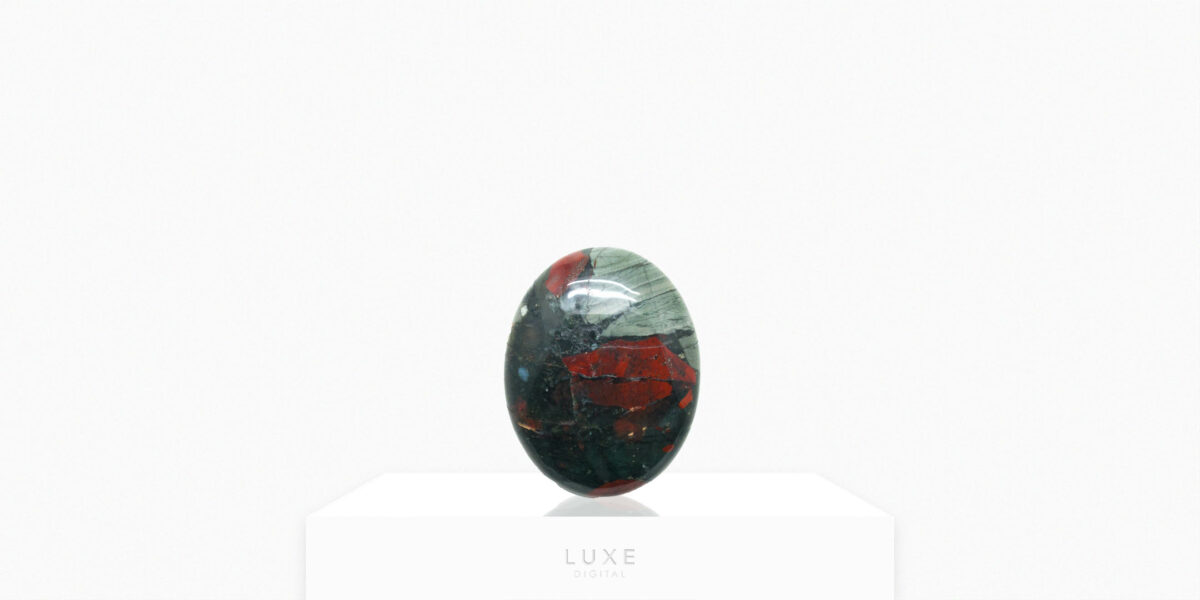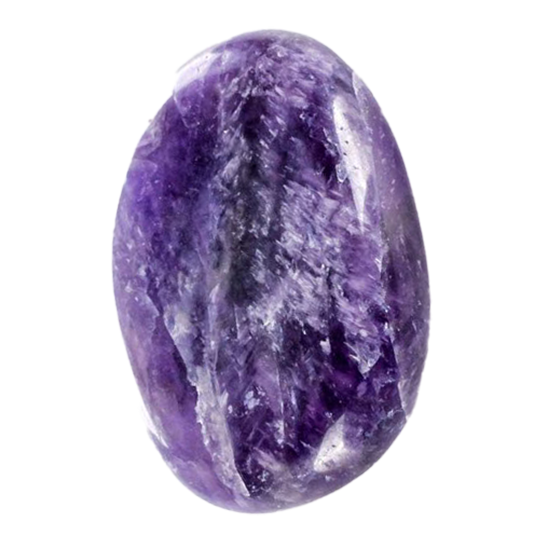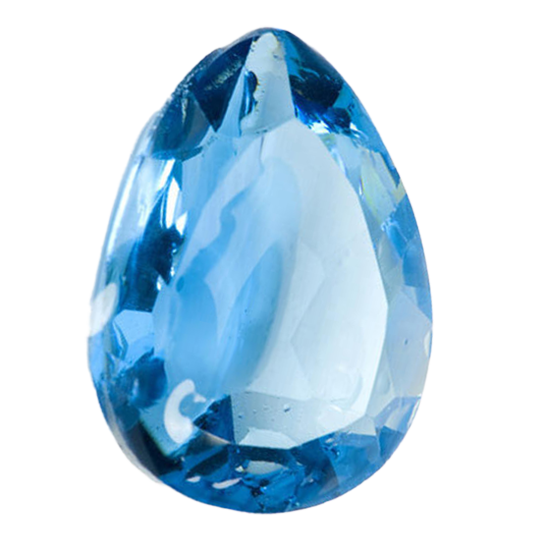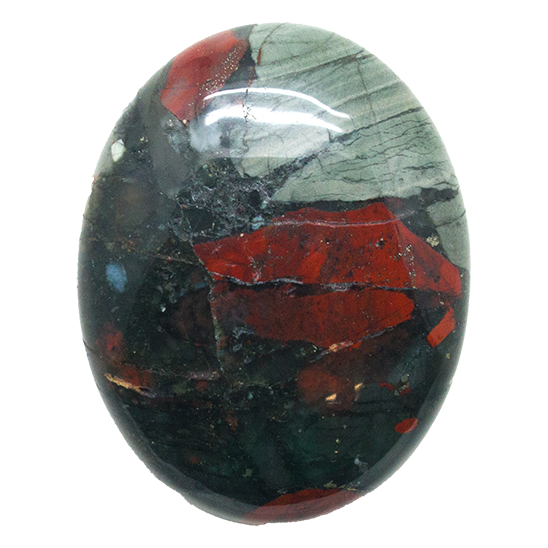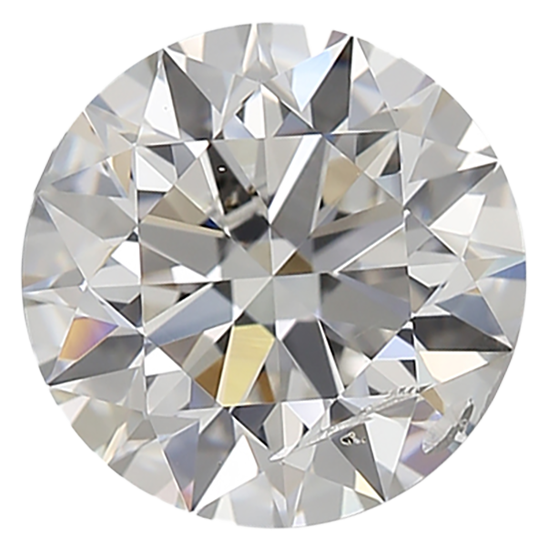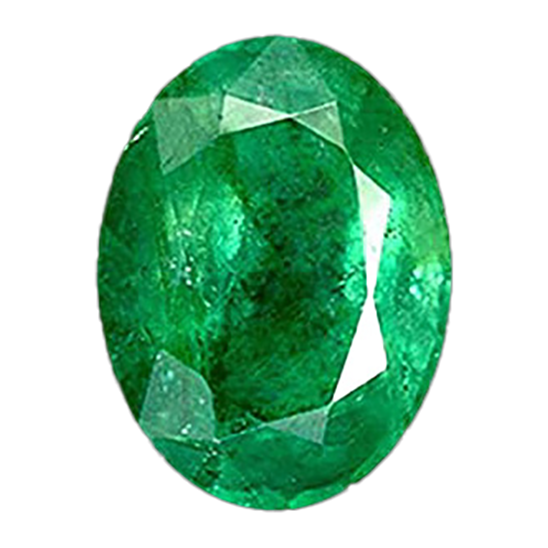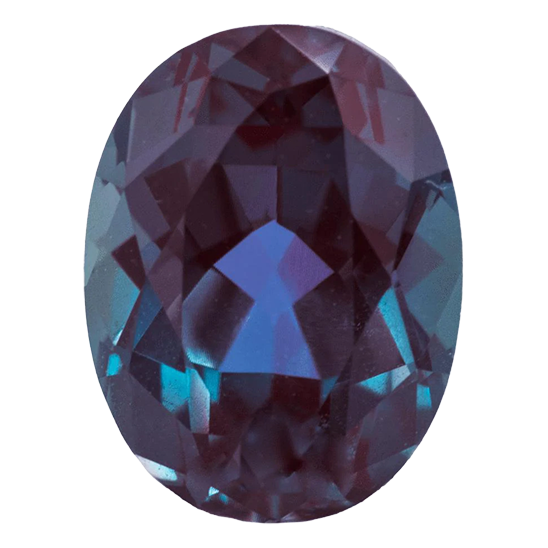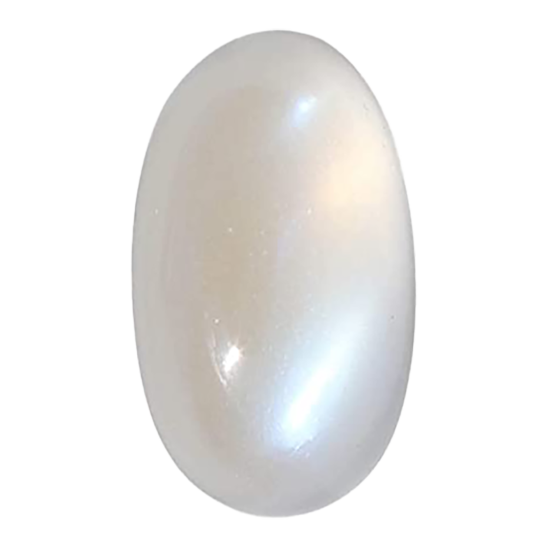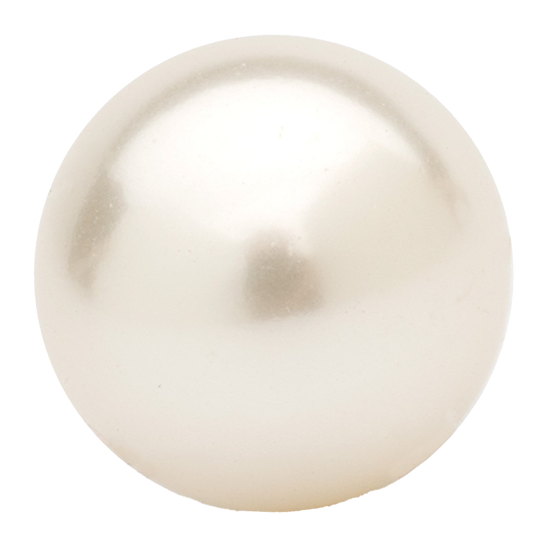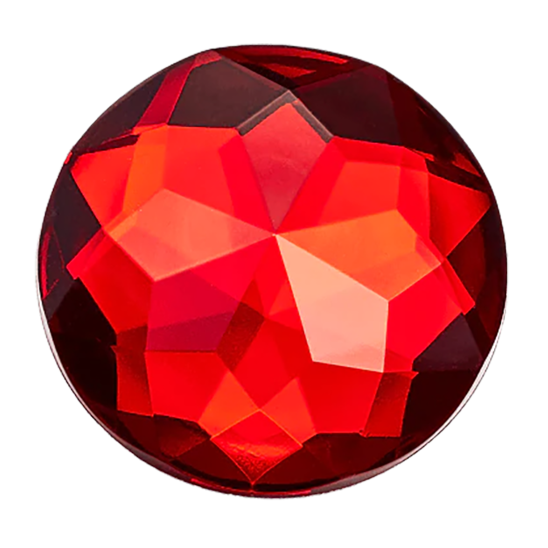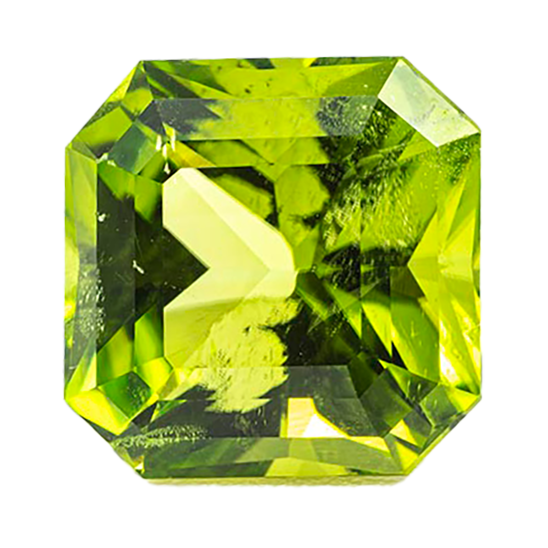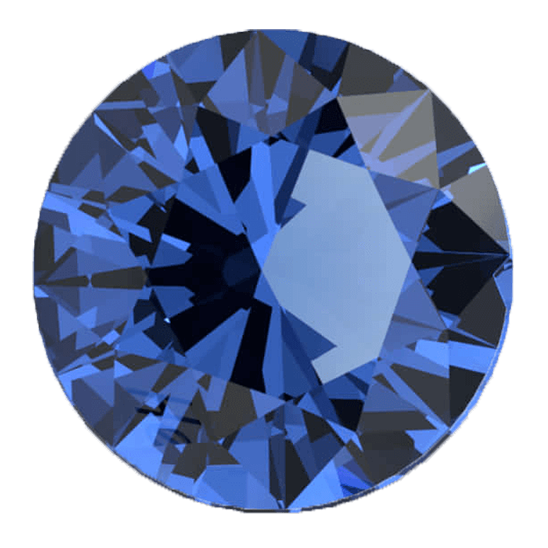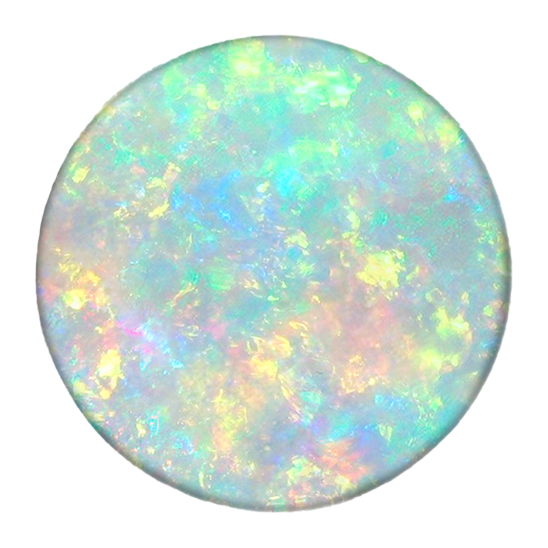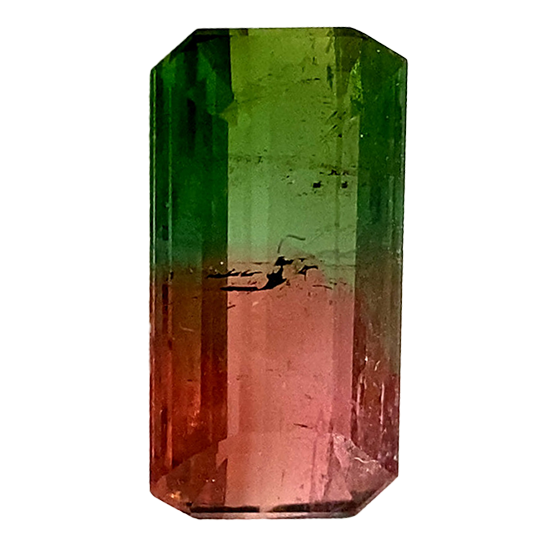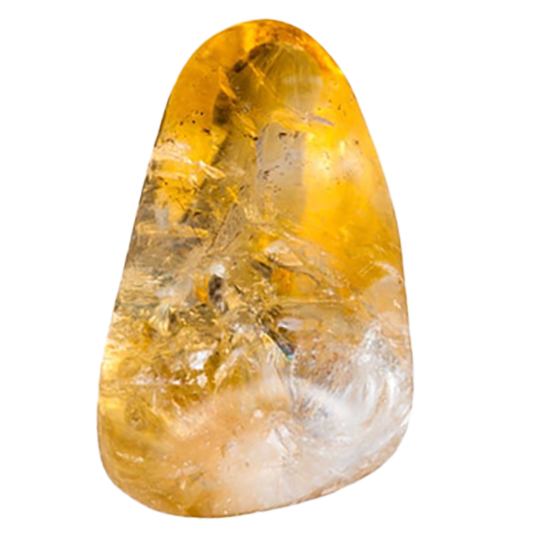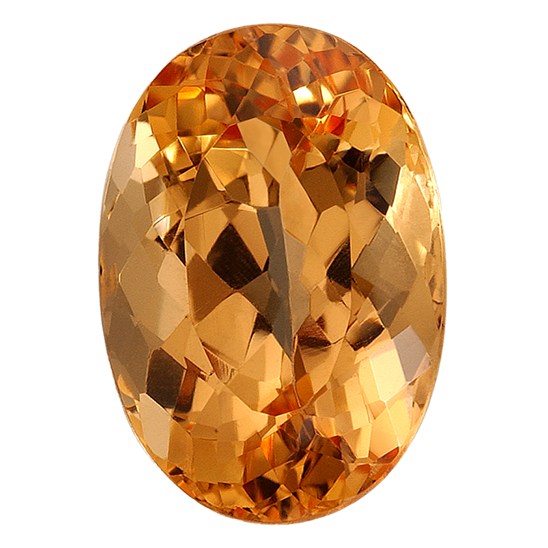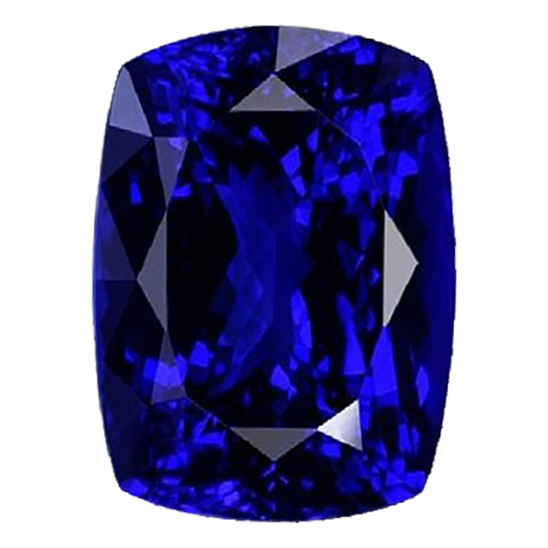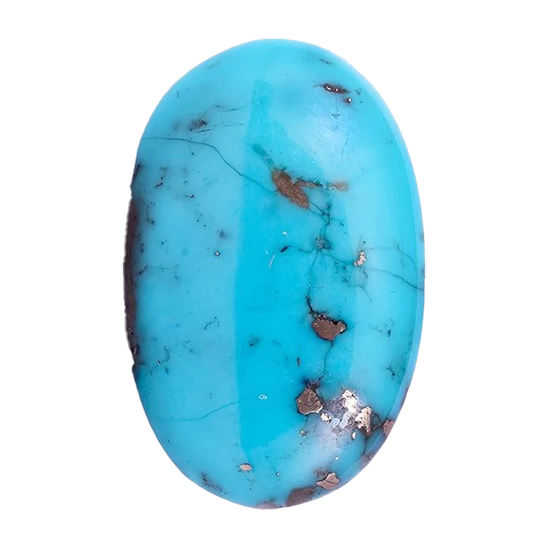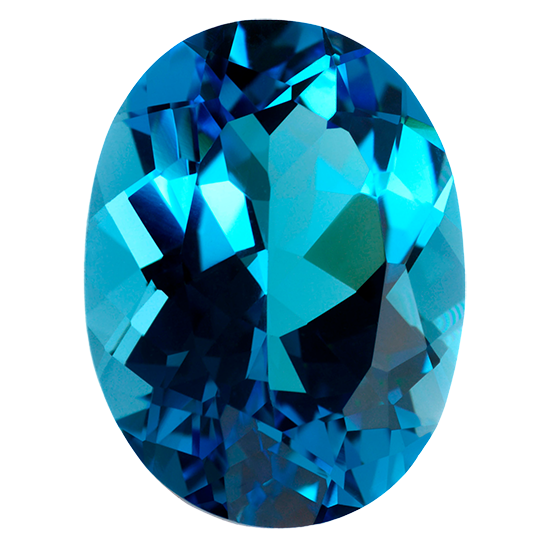Bloodstones are steeped in ancient myths and legends that add to the allure of this semi-precious gem. The Babylonians used bloodstones for their healing properties. While the Ancient Egyptians carried these green gemstones into battle to protect against enemies. Folklore even tells of the ability of the bloodstone to control the weather and predict the future.
The dramatic, bold hues are sure to be a talking point of any piece of jewel or ornament that the bloodstone adorns. The shades of dark green with its blood-red splatters stand out when set in all tones of gold or silver and flatter most complexions. This mystical gemstone makes for an eye-catching addition to any gem lover’s collection.
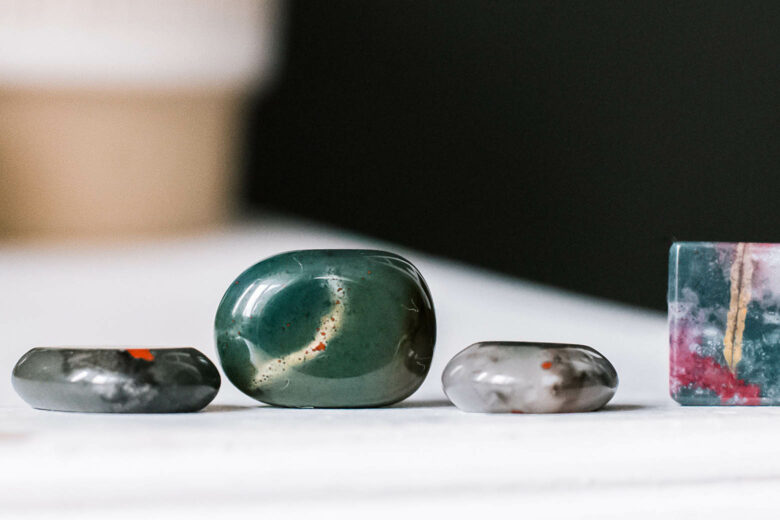
| Bloodstone Colors | Dark green with red spots |
| Birthstone Month | March |
| Hardness Scale | 6.5-7 on Mohs Scale |
| Mineral Class | Chalcedony |
| Symbolism | Courage |
What is Bloodstone?
The name Bloodstone was given to this dark green gemstone because of its red inclusions of iron oxide, which look like drops of blood. Another name for the bloodstone is heliotrope, derived from the Greek words helios and tropein meaning “sun” and “turning.” According to ancient beliefs, Bloodstones turned the reflection of the sun to blood red when placed in the setting sun or immersed in water.
The bloodstone is a semi-precious gemstone and a variety of Chalcedonies. It is an opaque stone with a rich history known for its healing and mystical properties.
Bloodstone gems rate between 6.5 and 7 on the Mohs scale of durability.
Although not as strong as other gems, the bloodstone is durable enough to be used in jewelry and decorative items.
An example of a famous bloodstone can be found on display at the Louvre Museum in Paris. It is a beautifully carved bloodstone that was the seal of Holy Roman Emperor Rudolf II.
What does the Bloodstone look like?
Bloodstones are typically dark green with red blood-like inclusions of hematite. Some stones are almost black-looking, and inclusions also occur in orange and brown. The green shading is determined by the amount of chlorite present, thereby allowing for inconsistency in the shade of green dispersed throughout the stone.
See our shortlists of the best green gemstones and the best black gemstones to see other stones in similar color schemes.
Bloodstone is a type of Quartz with tiny crystals and is usually translucent to opaque. These gemstones are commonly polished into cabochons and cut into round, oval, or pear-shaped gems. They are also shaped into unique designs for custom pieces.
The best quality bloodstone gems display a solid green color with veins or drops of red scattered densely over the surface.
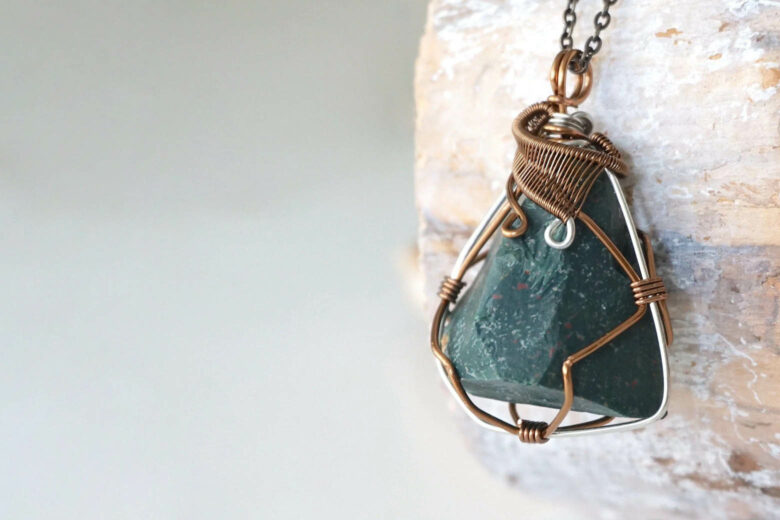
The value of the bloodstone
Bloodstones are affordable gems available in many different sizes. The color and amount of spots play a major part in determining their value. The design and artistry of the piece in which the bloodstone is used also contribute to the price of the item.
Carat
Bloodstones exist in abundance. They are therefore not very expensive. Unlike precious stones that have an exponential price increase the larger carat is, the price of the bloodstone increases in a linear fashion with the carat size.
Color
The quality of the color of the bloodstone determines its value. A solid and consistent dark green gem is most valued.
Some stones display an adequate amount of red spots, while others have too few. Ideally, the bloodstone with dense and closely interlaced deep red or dark orange veins and spots is most desirable.
Clarity
Bloodstones are opaque, and therefore the clarity of the stone does not have an impact on the cost of the gemstone. What matters most is the sheen.
The surface of the gem needs to be polished and smooth without pits or cracks on its surface. A bloodstone with a well-polished, shiny surface is considered to be of high quality.
Cut
Bloodstones that are cut and shaped differently will attract different prices. The more common cabochons and carved bloodstones are modestly priced.
The gemstones that are cut and faceted into cushions, emeralds, or other fancy cuts are more expensive to purchase.
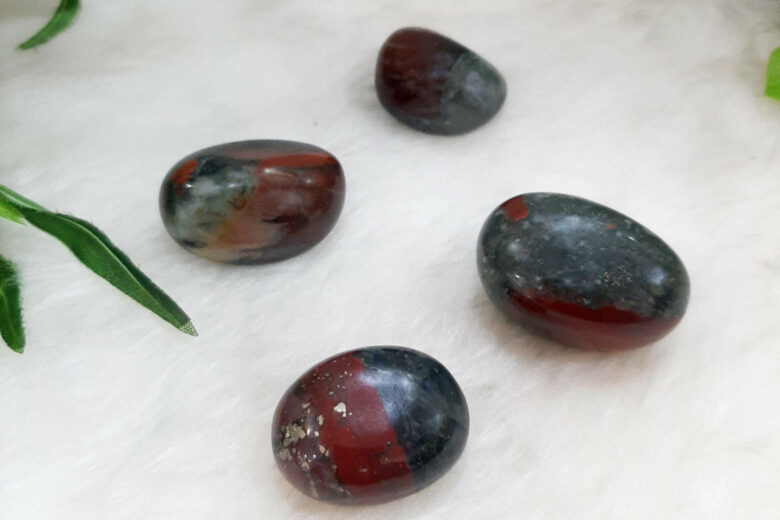
History and mythology of the Bloodstone
Legends from the Middle Ages tell tales of the bloodstone forming at the crucifixion of Jesus Christ. It was said that the blood of Christ fell upon the green jasper at the foot of the cross, thus forming the bloodstone. It has since been attributed to noble sacrifice and offers solace to all those that carry it.
The bloodstone has been associated with its ability to heal ailments such as hemorrhages. The Aztecs used bloodstones to regulate blood flow. This gemstone has been carried throughout history as a talisman to offer the holder protection and courage.
Bloodstone’s meaning and symbolism
Bloodstones have been known as the Sun stone and Christ’s stone. The bloodstone symbolizes courage and justice. It is a gem used to boost motivation, increase creativity and energize the immune system. It is believed to ease misunderstandings and strengthen family bonds.
Where does Bloodstone come from
The major producers of bloodstones around the world are India, California, and Madagascar.
Other areas where bloodstones are mined include Brazil, South Africa, Canada, Germany, the Czech Republic, Australia, China, and Romania.
The Bloodstone as a birthstone
Bloodstones are traditionally prescribed as one of the birthstones for the zodiac sign Aries. It is also assigned as one of the birthstones for those born in March, along with Aquamarine.
Those born under the sign of Libra and Pisces can also benefit from wearing bloodstones. It is said to enhance vitality and fulfill hidden dreams.
Birthstones chart
Find your birthstone by month
The Bloodstone gemstone family
Bloodstone belongs to the chalcedony variety of gemstones that are part of the cryptocrystalline family of quartz. The crystal structure of the bloodstone is similar to that of agate, jasper, carnelian, and onyx.
Bloodstones have been called blood jasper, and although it is often referred to as a form of jasper, the two are not the same. The colors, stripes, spots, and patterns are what make them different. Plasma is a different type of bloodstone with yellow and green streaks or splashes.
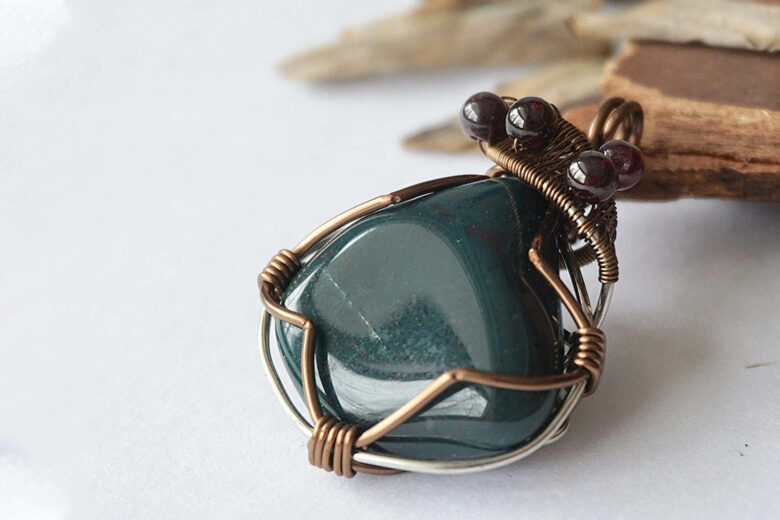
Bloodstone uses
In ancient times, the bloodstone was used as signet seals, in jewelry, and carved into decorative items like cups, statuettes, and vases. It was also used for traditional healing practices in the past and is still used for alternative healing methods today.
The hardness of the bloodstone makes it a good choice for jewelry. The striking patterns of blood red against the forest green stone ensure every piece is a unique one.
The polished cabochon bloodstone is the most popular style of bloodstone gems. Faceted stones are also available and make stunning gems set in either yellow or rose gold and even sterling silver.
The larger-sized stones are ideal for pendants, brooches, and ornamental use. Men’s jewelry pieces like signet rings and cufflinks also work well with bloodstones.
Frequently asked questions about the Bloodstone
Bloodstones are good for increasing courage, motivation, and creative energy. It has been used for meditation and alternative healing to revitalize energy and remove blockages. Learn more about the meaning of bloodstones.
The bloodstone symbolizes courageousness and noble sacrifice. It is also a stone of justice and encourages motivation.
A lot of people believe that the bloodstone brings good luck to the wearer. Many carry it around like an amulet to increase strength and bring healing.
The zodiac signs that benefit from wearing bloodstones are Aries, Libra, and Pisces. Those born in March can use a bloodstone as their birthstone. However, it is not limited to those specific signs. Anyone who is drawn to the stone’s physical appearance and symbolic meaning can wear the bloodstone gemstone.
